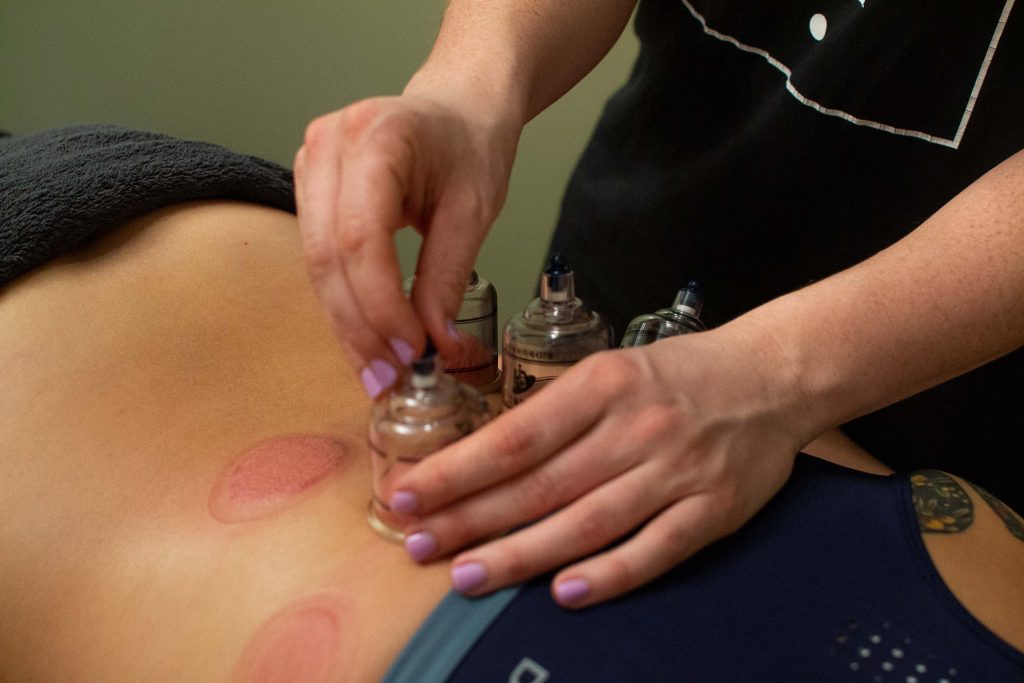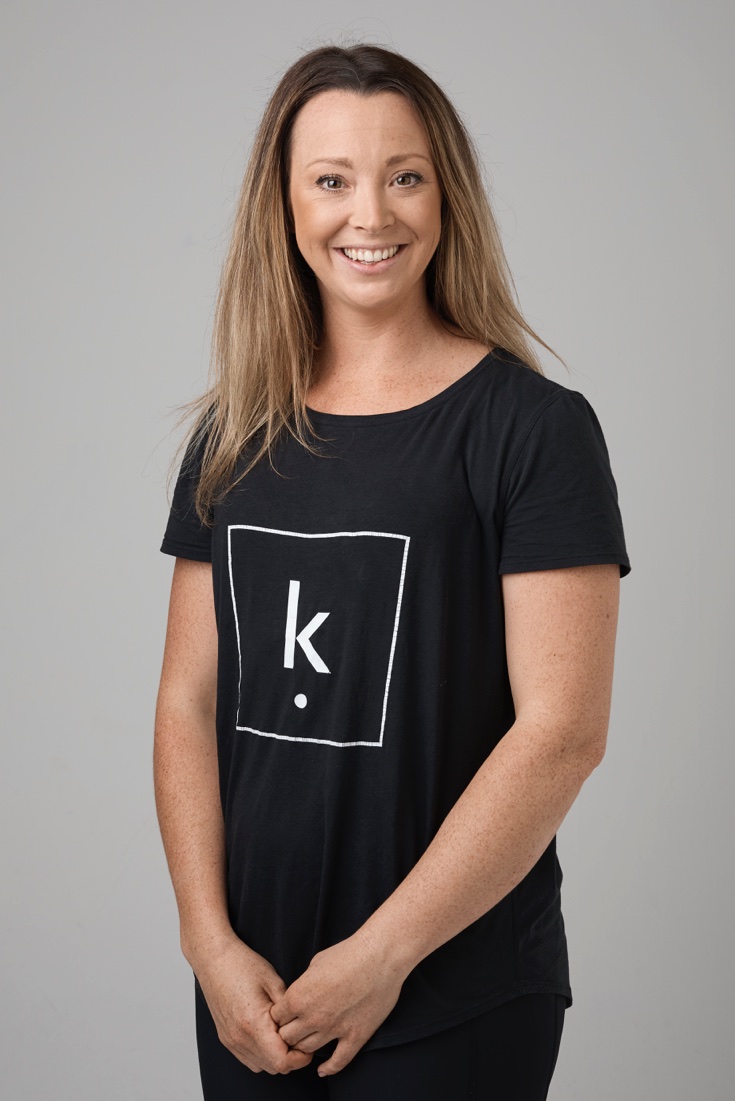What is cupping therapy?
October 24thCupping is a treatment technique used by manual therapists including myotherapists and complementary health practitioners to relieve musculoskeletal pain and dysfunction.
How does cupping work?
Traditionally a flammable substance is placed in a cup and set on fire. As the fire goes out, the air inside the cup cools creating a vacuum and the cup is placed upside down on the skin.
The more modern version of cupping uses a pump instead of fire to create the vacuum inside the cup. The vacuum creates a negative suctioning force on the tissue, affecting the body up to four inches into the tissues. Where the cup is placed on the skin, the suction lifts the fascia* away from the muscle, gently separating the tissue. The suction also brings hydration and blood flow to body tissues and drains excess fluids and toxins by opening lymphatic pathways (a vital part of the immune system).
The increased blood flow brings oxygen and nutrients, encouraging restoration of the tissue to its full length and elasticity and therefore often providing pain relief from muscle tension.
Cupping therapy is very versatile and can be modified to achieve a variety of results using techniques ranging from subtle lymphatic drainage to deep tissue release. When cups are applied to an area and moved in a direction of restriction, it can create an even greater release of the tissue. Additionally, once the cups are applied, we can gently start using passive, active and then functional movements to retrain tissues to move with less restriction (see case study example below).
*Fascia
Fascia is a dense connective tissue that wraps around most structures within the human body. Our fascia should stretch and move without restriction, however trauma, overuse, and inactivity can lead to reduced extensibility and secondary pain and movement dysfunctions.
Within the fascial network, there is a smaller sub-section called the myofascia. Myofascia is made up of the same connective tissue fibres however it specifically wraps around individual muscles. When the muscles get tight, overworked or weakened, the fascia around them also becomes tight and restricted inhibiting movement and functionality of the muscles.
Treatment of the fascial network is used to structurally balance the body, create efficient movements, improve posture and increase vitality.
How does cupping work continued..
It has been shown that cupping may also affect the gate control theory of pain. The gate control theory of pain suggests that non-painful input closes the nerve “gates” to painful input, which prevents pain sensation from traveling to the central nervous system.
Cupping provides a sensory stimulation of the skin which overwhelms the pain gates and reduces pain for some time as the message coming from the pain is blocked by a higher frequency of impulses and this leads to closure of the pain gates.
During a cupping treatment, there is a release of endogenous opioid-like endorphins which create a relaxed and euphoric feeling also lowering the nervous system response to pain and helping reduce the stress levels of the client.
What is cupping used for?
– Treating muscle spasms and pain
– Loosening connective tissue and adhesions
– Increasing blood flow
– Removing stagnant blood around restricted muscles
– Activating the lymphatic and peripheral nervous systems
– Improving range of movement and functional ability

What to expect after a cupping treatment?
Cupping can often result in slight discolouration of the skin in the circular shape of the cup. Although this looks like a bruise, it is, in fact, the stagnant blood being pulled to the surface. Over the next 24-48 hours, the stagnant blood gets filtered through the lymphatic system and removed from the body. This separation is what allows new fluid to the area, rejuvenating and lubricating the tissues. Although these marks may look painful, they generally aren’t and marks will fade within a few days. Safety considerations for cupping are low, with another potential side effect being a sensation of heat secondary to the increase in blood flow to the area.
Case Study
I recently saw a baseball player who came into the clinic reporting discomfort in the posterior aspect of his shoulder and difficulty getting full range when pitching/throwing the ball. After a detailed assessment that ruled out any serious pathologies or injuries to the shoulder complex, it was identified that many of his shoulder, thoracic spine, lumbar spine and hip movements were restricted and dysfunctional (presumably due to the repetitive unilateral movements in baseball).
Initially, cups were applied along the muscle/fascia lines involved in the restricted shoulder movements, which included the anterior and posterior shoulder, the thoracic spine and across to the opposite side of his lower back and hip. The first step aimed to get the basic range of motion of the shoulder joint back first, then the thoracic spine and down the chain, etc. It was a little uncomfortable to start but once the tissues released under the cups, movement became less restricted and the range increased. We then progressed the client from sitting to standing, adding the same overhead throwing action he would use when throwing the ball. Starting with small movements and stopping at the point where he felt was restricted and continuing until gradually the throwing movement became bigger and smoother.
After several repetitions, we removed the cups, retesting the throwing action to happily find the client now had full range of movement and no longer felt any restriction or pain. By combining the cupping therapy with some joint mobilisation, strengthening exercises for the opposing muscles and some take-home release and mobilisation exercises, this baseballer left with full shoulder function and ready to play his next game.
In conclusion, cupping is a great manual therapy technique when used in conjunction with a thorough biomechanical assessment and other manual and exercise therapy techniques. It can be extremely effective for not only reducing muscle pain but enhancing movement and overall performance.
By Leah Rampling
Myotherapist | Kinematics Health + Performance
Leah is currently on maternity leave, however we have our Myotherapist Jian, as well as Remedial Massage therapists Dani + Marla who also offer cupping. You can book Myotherapy + Remedial Massage appointments online here.
